What Is a Marketing Chatbot? Benefits & Guide

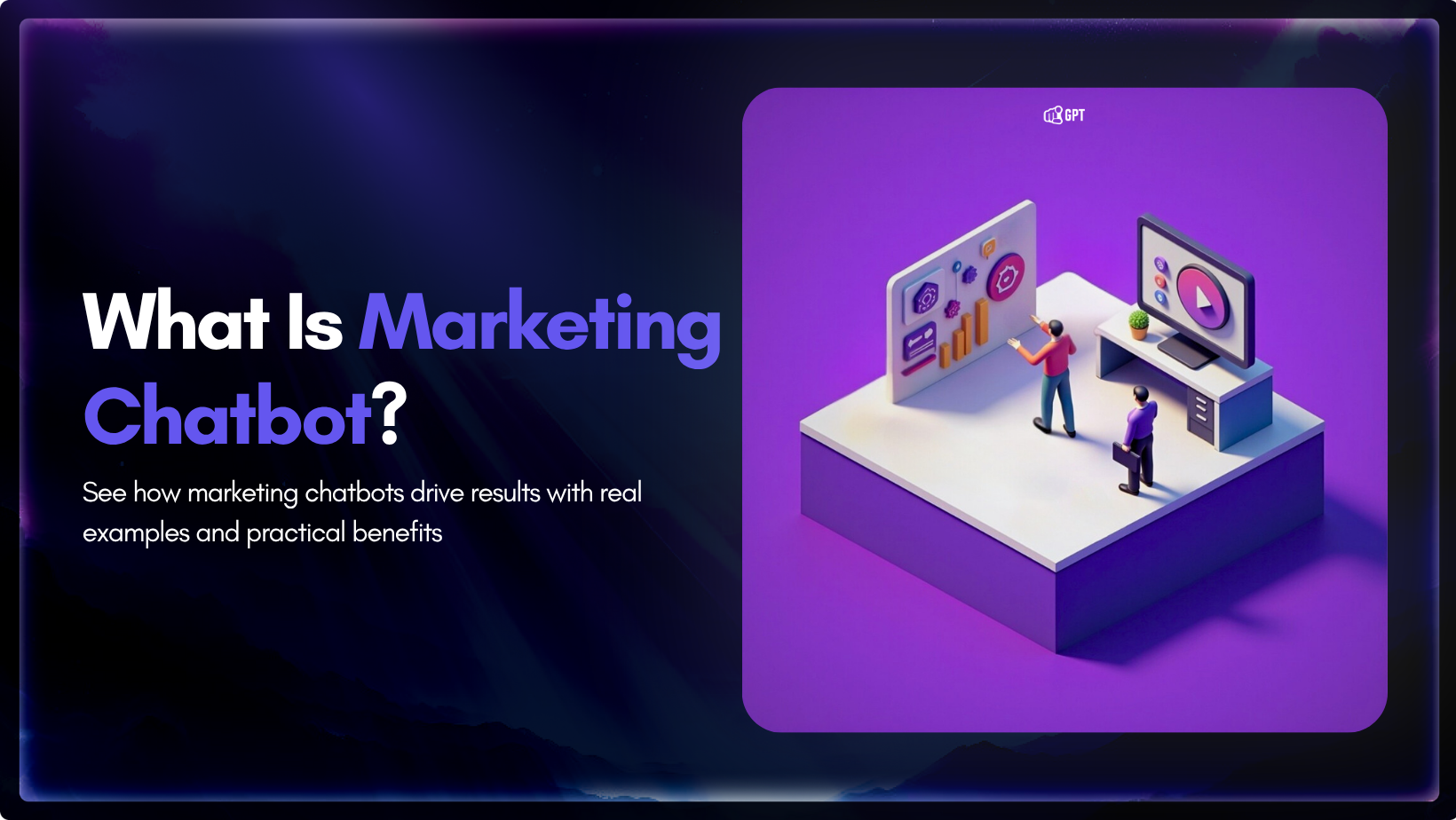
A marketing chatbot is an AI assistant that helps marketing teams with planning, content creation, actively engaging visitors, instantly qualifying leads, and smoothly guiding potential customers toward meaningful actions.
Many marketing teams face common challenges, such as slow lead qualification, missed engagement opportunities, and difficulty scaling personalised interactions. Marketing chatbots help solve these issues by quickly understanding user intent, instantly responding, and providing real-time insights.
In this blog, you will learn exactly how your marketing team can use chatbots effectively, backed by practical strategies and real-world examples. You’ll find out:
By the end of this blog, your marketing team will have a clear understanding of how to integrate an AI chatbot into your existing marketing efforts.
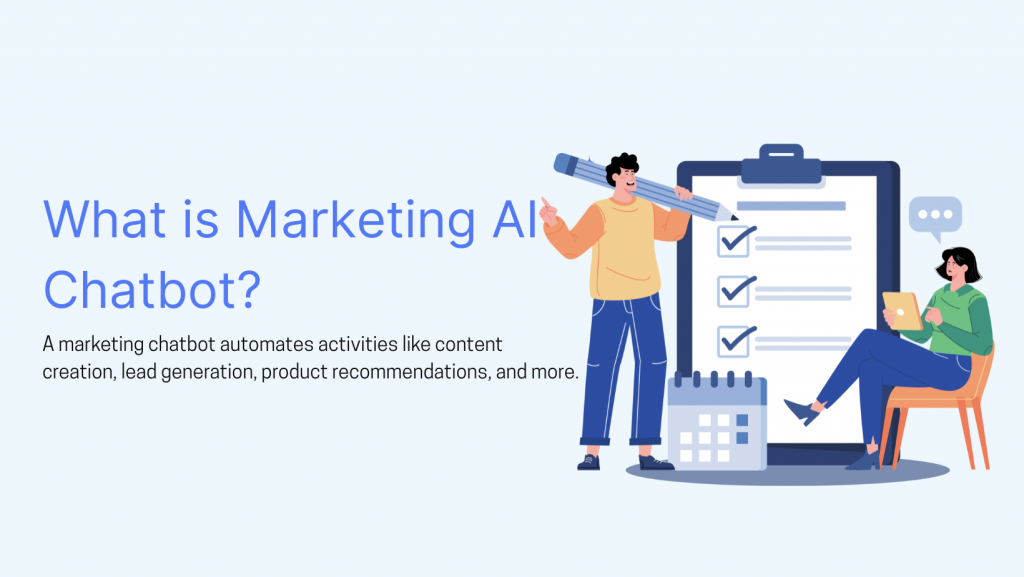
A marketing chatbot is a conversational assistant designed to automate marketing activities, such as lead generation, product recommendations, content creation, and conversion.
These chatbots can be deployed externally to engage potential customers across various channels, including your website, social media platforms, and messaging apps, or used internally to assist marketing teams in content ideation, campaign planning, and performance analysis.
Marketing chatbots focus primarily on pre-sale engagement, vibe marketing, or internal marketing efficiency. They proactively initiate conversations, ask targeted questions, deliver personalised content, and support team workflows.
Integrating chatbots into your marketing plan provides considerable benefits to businesses aiming to improve consumer engagement and optimise processes.
Marketing chatbots are versatile tools that can be applied across various stages of the customer journey, helping achieve diverse marketing goals.
A marketing chatbot is designed to interact with marketing teams and customers using information provided by your business. Its performance depends on how well it understands your knowledge base and retrieves the right answers.
Several key components work together to make a marketing chatbot effective:
YourGPT also provide the powerful AI Studio that allows you to create advance sequential AI agents
YourGPT offers a simple way to create custom chatbots for marketing tasks. This no-code tool helps businesses automate customer interactions, collect leads, and boost engagement on websites or apps
Begin by signing up on the YourGPT platform. Log in to access the easy-to-use dashboard for building your chatbot.
This initial setup is fast, often done in minutes, and opens the door to customising your marketing tool.

Make your chatbot smart by feeding it relevant information.
Training ensures the chatbot speaks in your brand’s voice and handles common marketing questions well.
After uploading your documents, personalise how your chatbot communicates and performs:
Customising your chatbot’s persona and AI model helps deliver accurate, relevant, and engaging responses tailored to your audience.

Place the chatbot where your audience spends time.
This step makes your marketing efforts available around the clock, increasing chances for more leads.
After going live, check how the chatbot performs.
With periodic updates, your chatbot becomes a strong part of your marketing plan. You can even build a basic version in under two minutes and expand from there.
Having a chatbot is just the first step. To ensure it consistently adds value and achieves your marketing goals, follow these best practices:
Marketing chatbots give businesses a simple way to turn interest into action. They help you talk to visitors at the right time, answer their questions, and guide them toward buying or signing up. This makes your marketing more effective without adding extra work for your team.
You can use chatbots to collect leads from ads, follow up with past visitors, or help shoppers find the right product. The chatbot works in the background while codes team focuses on other tasks. It makes sure every visitor gets a helpful experience.
With YourGPT, you don’t need to write code or manage scripts. You can build a chatbot that uses your content, matches your brand voice, and works across your website or messaging channels. Everything is built to fit how your users behave.
If you’re just starting out, choose a single goal to concentrate on. Use a chatbot, for instance, to recommend products or qualify leads. Please launch it, observe what works, and continue to make improvements. The best marketing chatbots are simple, helpful, and always improving.
Qualify leads, boost engagement, and automate your marketing. YourGPT help you start conversations and convert visitors faster, without code.
No credit card required • 7 days access
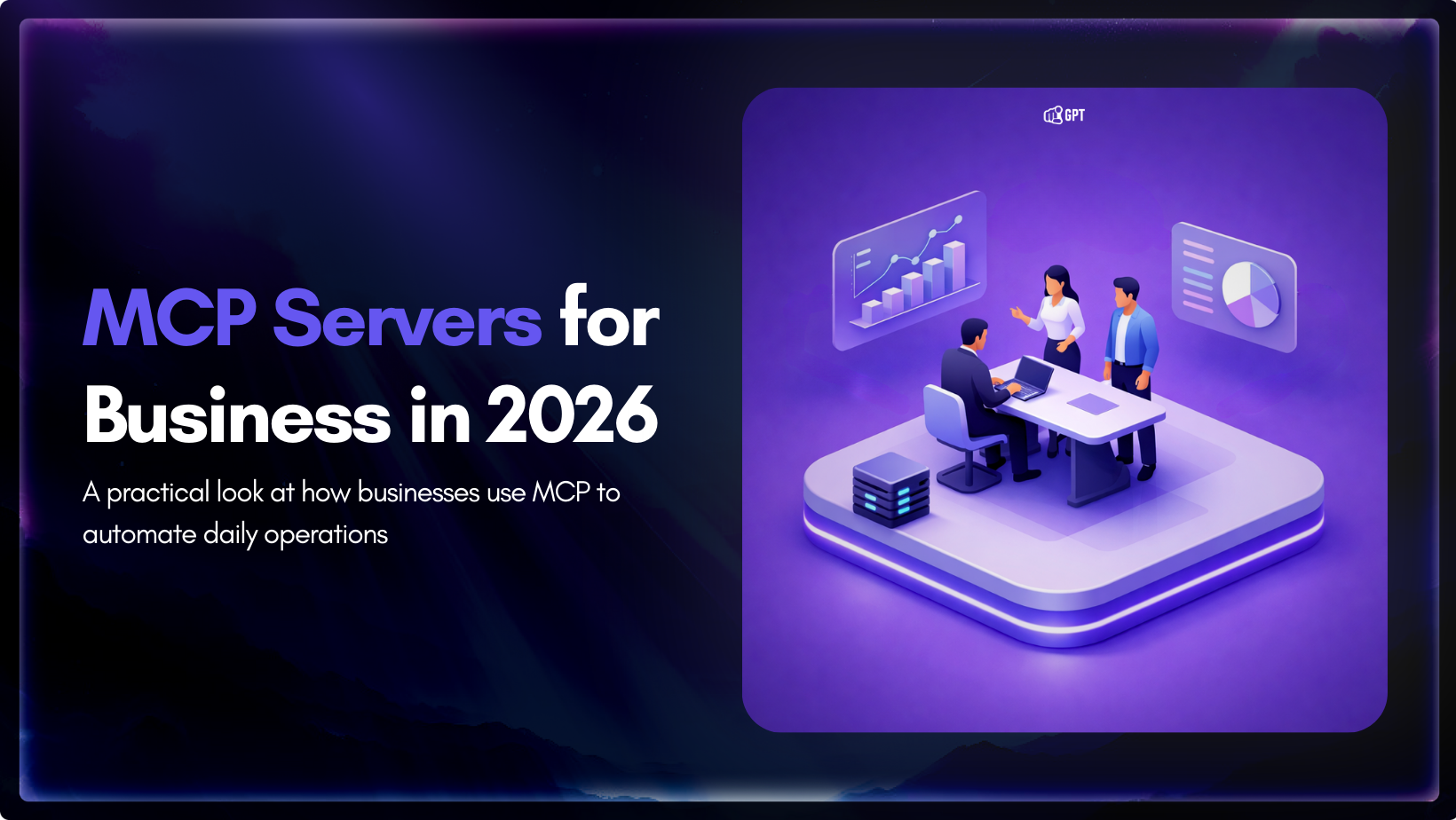
Growth-focused teams move faster when their tools work together instead of competing for attention. Modern development depends on multiple systems to ship code, review changes, monitor services, and access data. Each system serves a purpose, but routine work often means moving between dashboards, scripts, and internal tools. These small transitions shape how consistently a team […]

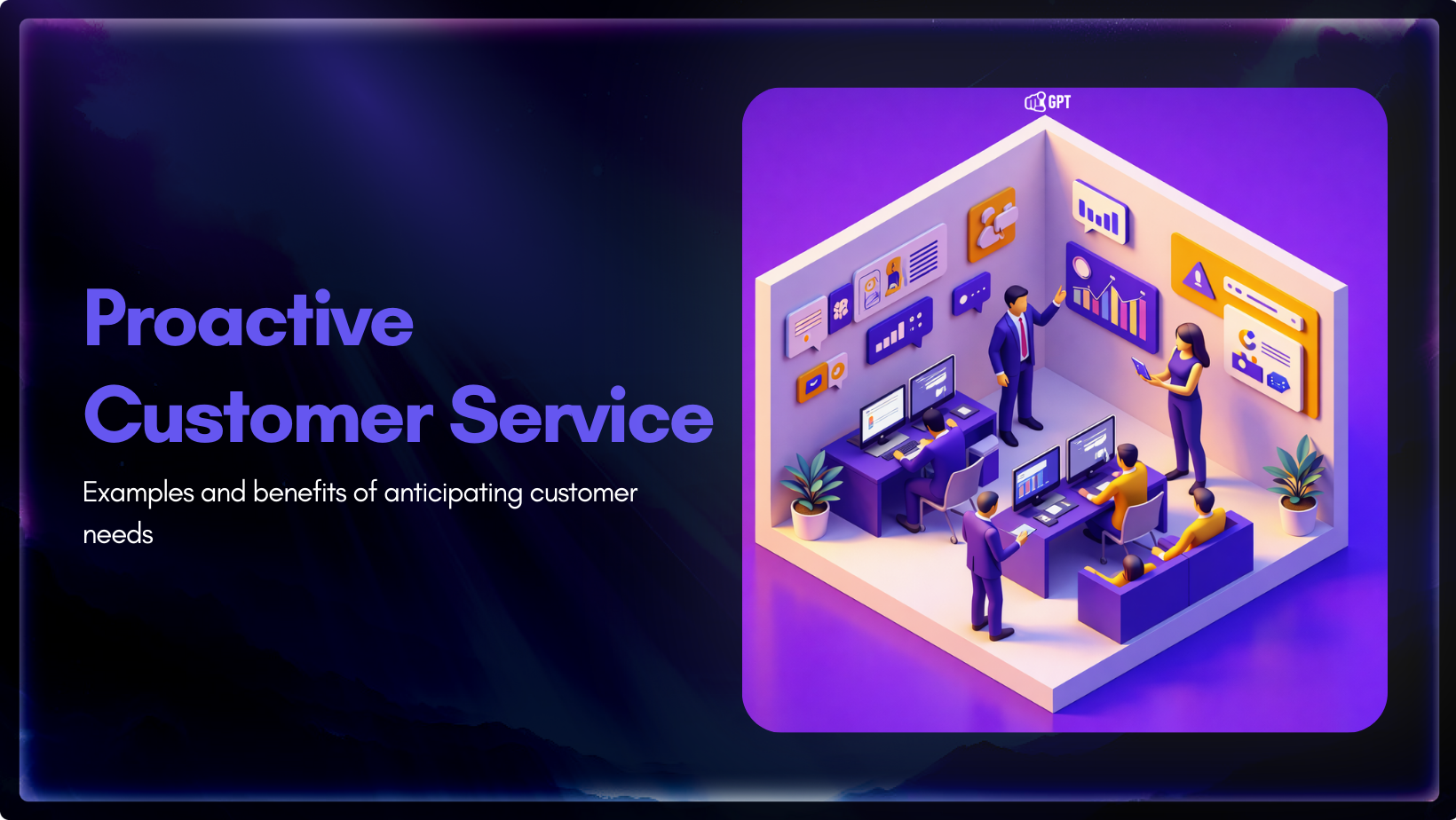
Most customer service moments begin long before a ticket is created. Something feels off. A payment does not go through. A delivery update stops moving. A user gets stuck at the same step and tries again. Customers usually pause, check, retry, and wait before they decide to ask for help. Proactive customer service works inside […]

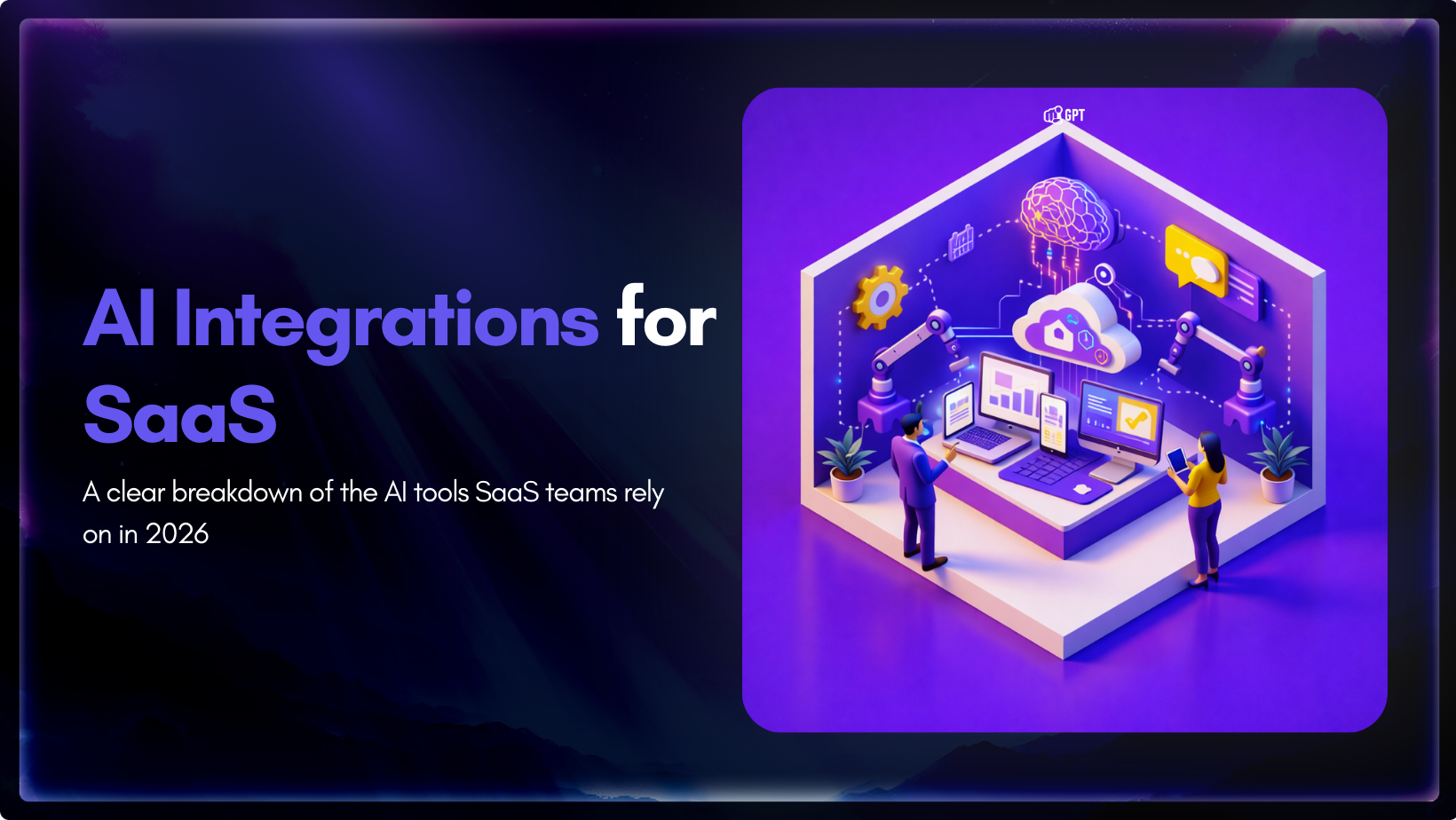
AI has become a core part of how modern SaaS products are built and delivered. In 2026, customers expect intelligent assistance to be available throughout their journey, from onboarding and everyday product usage to support and account management. Inside SaaS teams, AI is increasingly used to speed up workflows, reduce repetitive tasks, and improve how […]

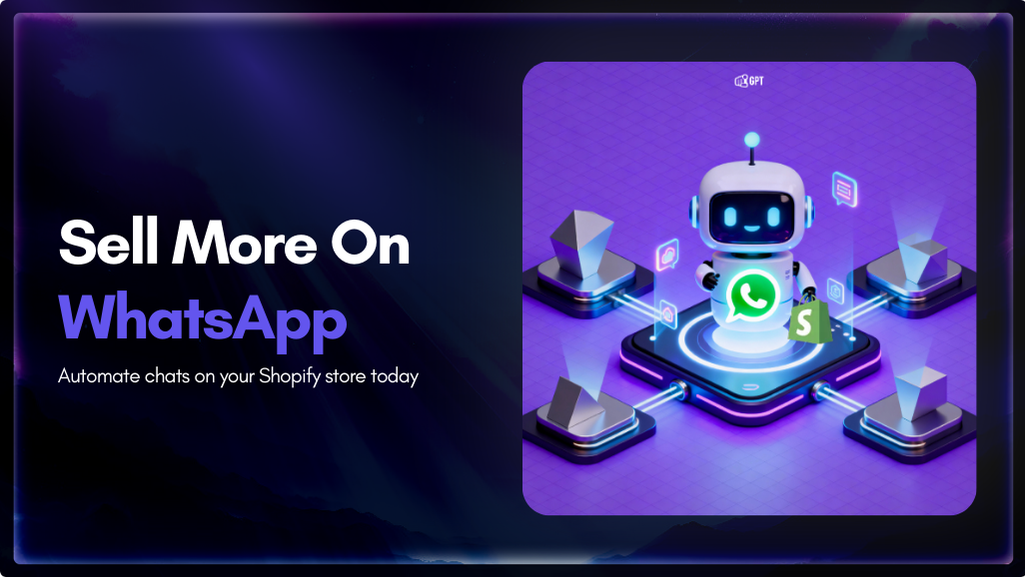
Shopify stores often use a chatbot on their website to handle product questions, order updates, and support. But customers also message on WhatsApp expecting the same quick answers. Most of them already use WhatsApp throughout the day, so reaching out there feels natural. A chatbot that works across both channels responds in seconds, guides purchase […]

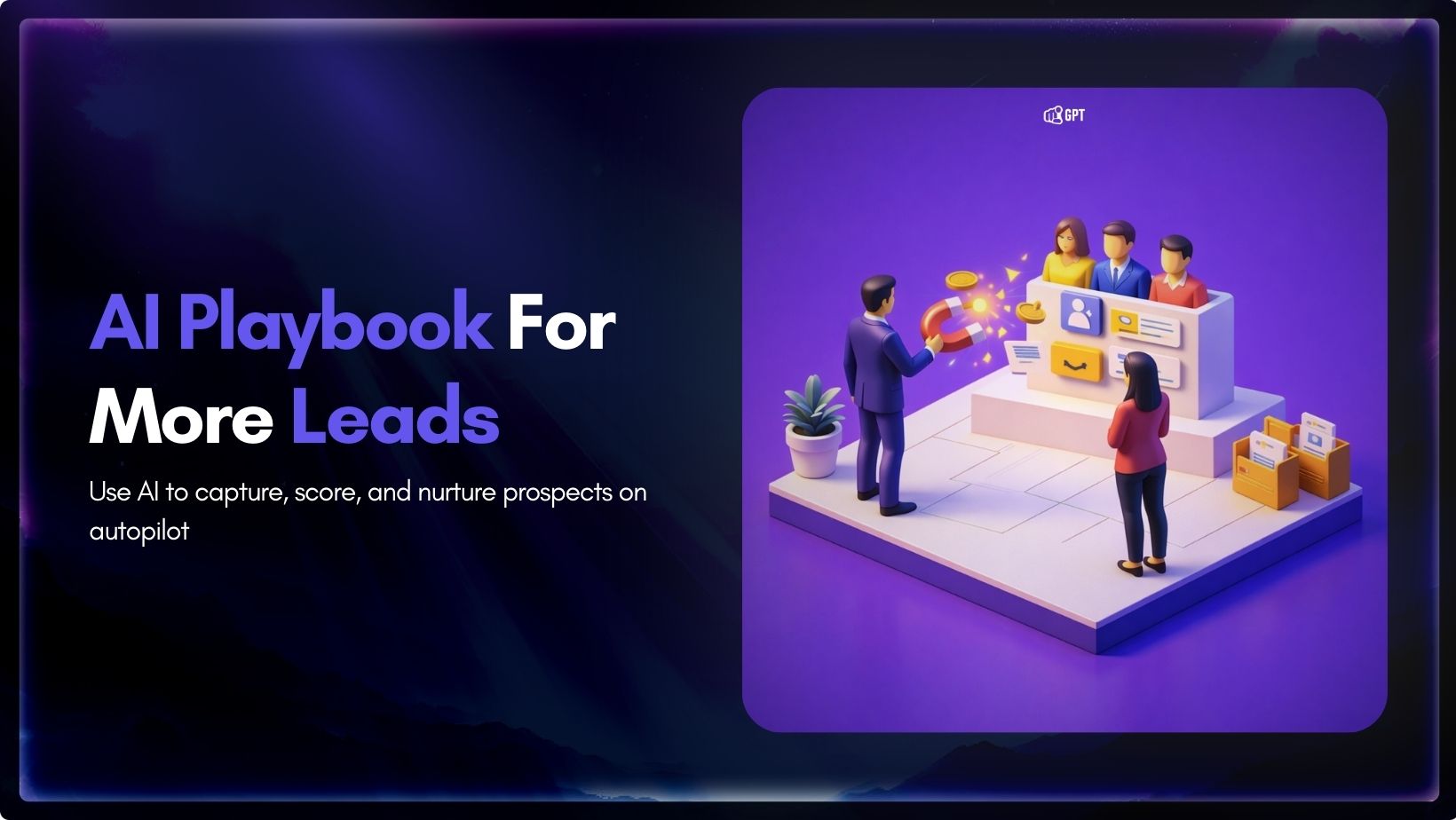
Most businesses do not struggle to generate leads. They struggle to know which ones are worth acting on. Forms get filled, DMs arrive, emails are opened, and chats happen across multiple tools. Some prospects convert. Most do not. The real problem is that there is no reliable way to tell, early enough, which signals actually […]

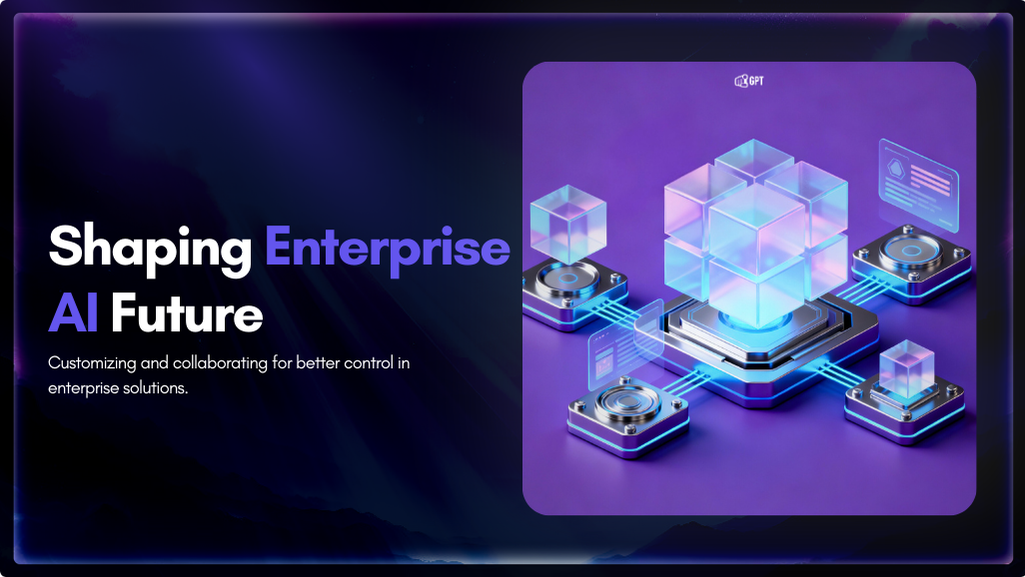
Artificial Intelligence has advanced quickly over the past five years, moving from an experiment to a standard component of modern business. AI has become a central part of enterprise strategy. 88% of organizations are now using AI. This figure has increased from 78% the year before. This transformation is reshaping how companies run, communicate, and […]
